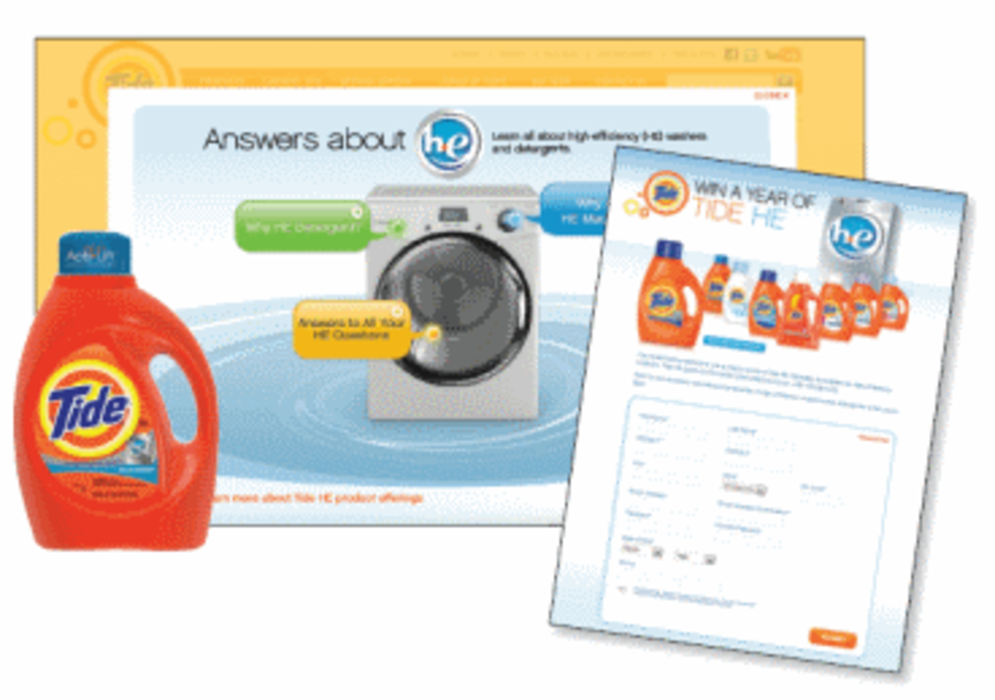As mobile technology develops, SMS and QR codes might begin to look like marketing dinosaurs when compared to newer tools like near field communication (NFC). However, despite their drawbacks, both are proving reliable and widely used enough to ensure interest from marketers for the foreseeable future.
Julie Ask, VP and principal analyst at Forrester Research, describes SMS as “still the backbone of mobile communications.” While SMS doesn’t deliver the rich-media experiences that other technologies, including QR codes, can offer, it continues to enjoy a larger adoption rate than virtually any other mobile marketing technology—even voicemail. Consider: 15% of U.S. adults have downloaded smartphone applications, while 41% have received SMS alerts, according to the “North American Technographics Benchmark Survey,” cited by Ask in her report “Mobile Messaging: A Broad-Reach Opportunity.”
Eric Gruen, fabric care digital brand manager at Procter & Gamble (P&G), says, “Beyond the obvious benefit of SMS being accessible from basically anywhere by anyone, it forces us as marketers to keep our message focused, concise, and relevant.” For a recent campaign for detergent Tide high efficiency (HE), Gruen and his team used SMS to engage customers who recently purchased an HE washer. An in-machine brochure gave consumers the option to opt in to “Tide Text for Tips” for a chance to win a year’s supply of Tide HE.
Using SoundBite Communications‘ interactive SMS platform, P&G sent consumers laundry tips, stain solutions, and special offers approximately every two weeks in an effort to keep them engaged without overwhelming them. Generating more than 44,000 opt-ins and a low rate of opt-outs, the company attributes its strong showing to P&G’s effort to keep its messaging practical and occasional. Relevance and simplicity “The personal nature of people’s phones means that we have to be very careful not to intrude with information deemed irrelevant to that user,” Gruen says. “When that text message alert sounds, we want our subscribers to have a positive connection with our brand.”
Similar concerns must be taken into account with QR codes. Ask believes that while NFC is simpler to use, it has a “very small installed user base” compared to the 100% of smartphones that can read QR codes once a QR reader app is downloaded.
“[NFC] won’t have a huge impact for cutting into the QR and SMS market share in the next year because there’s still a high barrier to entry for business to use the technology,” says Jennifer Wong, marketing manager at digital marketing company Optify, which recently used QR codes for a campaign at the Direct Marketing Association (DMA) All for One Summit.
Optify included QR codes on customized two-sided business cards using Delivr, creating one code that allowed attendees to scan and send a short SMS code to vote for Optify in the 2012 DMA Innovation Awards. A second code sent attendees to the company’s “Twitter for Business” guide.
Beyond driving traffic and leads, the codes also tracked mobile ROI, gathering data on individual behaviors over time and across multiple sessions. Optify was able to create a multi-attribution report drawing on the QR data.
Lara Albert, VP of global marketing at Big Data analytics firm Globys, says simplicity may be just the reason not to count it out.
“Marketers and consumers are familiar with SMS marketing,” she says, “so why not optimize a known technique versus moving on to the next big thing?”







